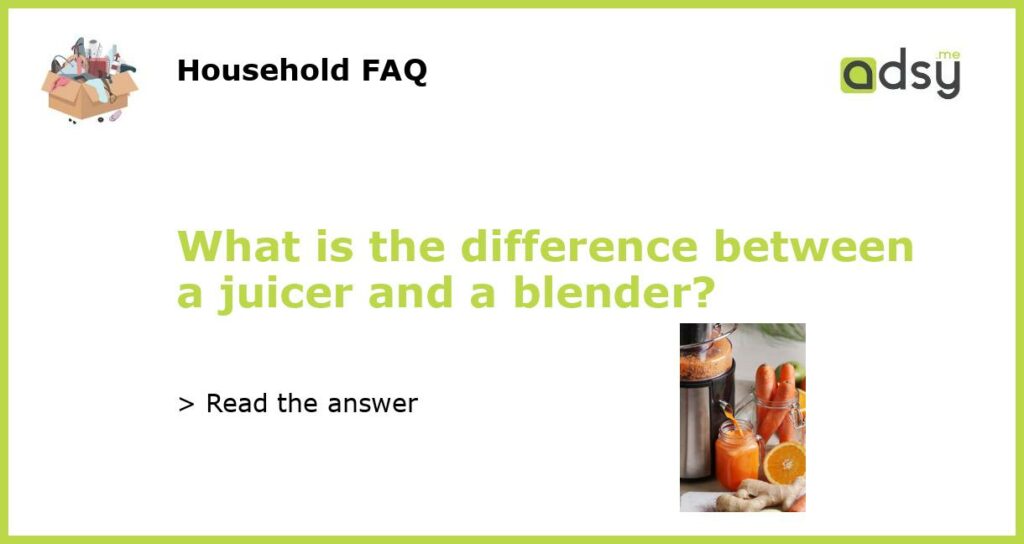Juicer vs Blender: What’s the Difference?
When it comes to healthy eating, juicing and blending have become increasingly popular as a way to consume the nutrients of fruits and vegetables. However, many people often confuse the two, thinking that juicers and blenders do the same thing. In reality, there are significant differences between these two kitchen appliances that make them better suited for different tasks.
How a Juicer Works
A juicer is a kitchen appliance designed specifically to extract the juice from fruits and vegetables. Juicers work by separating the pulp from the juice, so all that is left is a liquid that is rich in vitamins, minerals, and antioxidants. There are two main types of juicers: centrifugal and masticating. Centrifugal juicers use fast-spinning blades to grind up produce and extract the juice, while masticating juicers use a slow, crushing motion.
How a Blender Works
A blender, on the other hand, is designed to blend and mix ingredients together. When you use a blender, you put all your ingredients in the container, turn on the motor, and blend until you have a smooth and creamy mixture. Unlike a juicer, a blender doesn’t separate the pulp from the juice, so the final product is thicker and more fibrous.
When to Use a Juicer
If you are looking to increase your consumption of fruits and vegetables, a juicer is an excellent option. Juicing allows you to consume a large amount of produce in an easily digestible form that is also delicious. Additionally, since juicers separate the pulp from the juice, they are perfect for people with digestive issues or those who want to avoid the fiber found in fruits and vegetables.
When to Use a Blender
A blender is an excellent choice for making smoothies, protein shakes, and other thick drinks. Blenders can handle not only fruits and vegetables, but also ice, nuts, and seeds. Plus, since a blender doesn’t separate the pulp from the juice, you get all the fiber and other nutrients found in the whole fruit or vegetable. Blenders are also great for making sauces, dips, and other recipes that require a smooth and even consistency.






